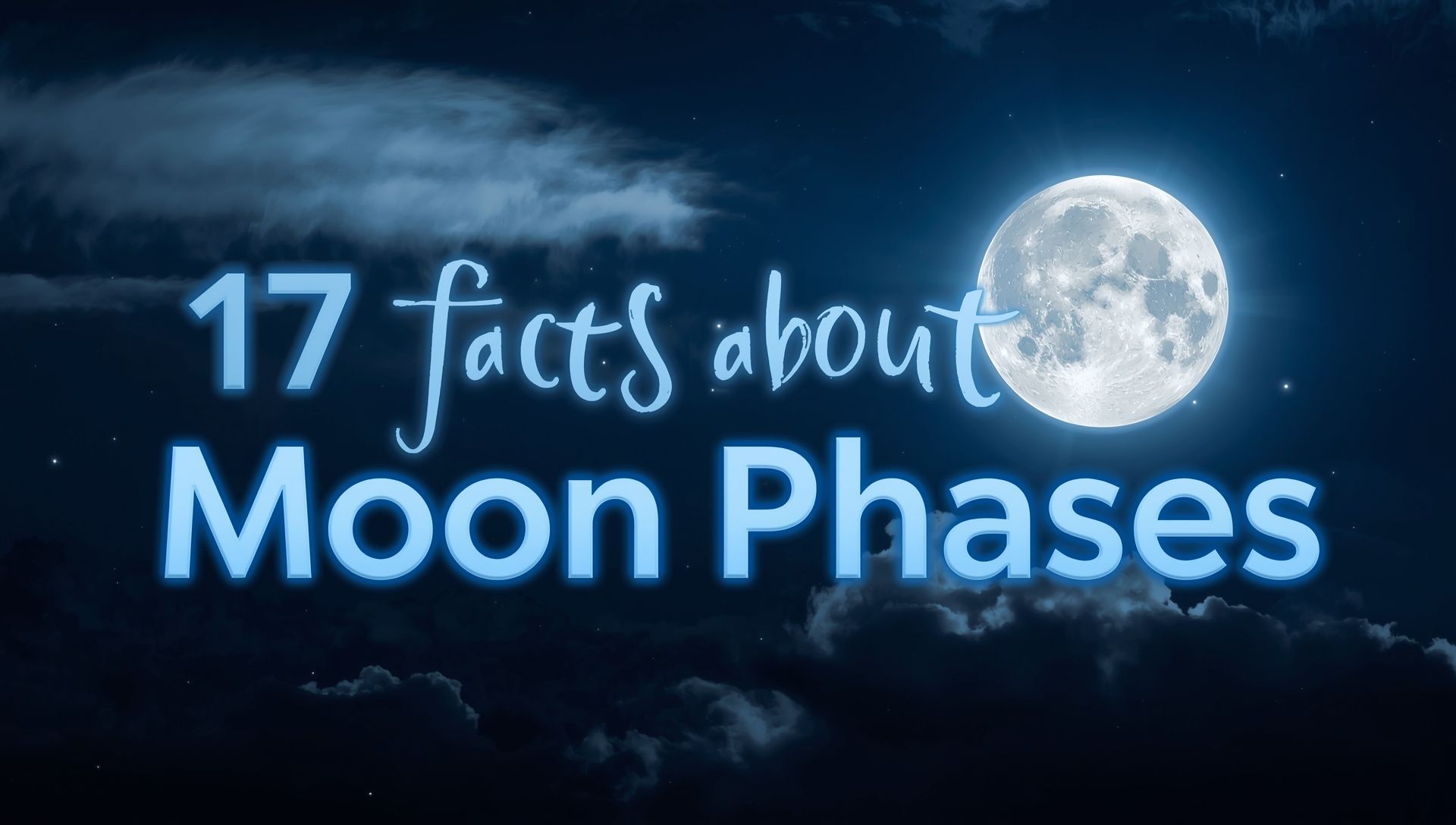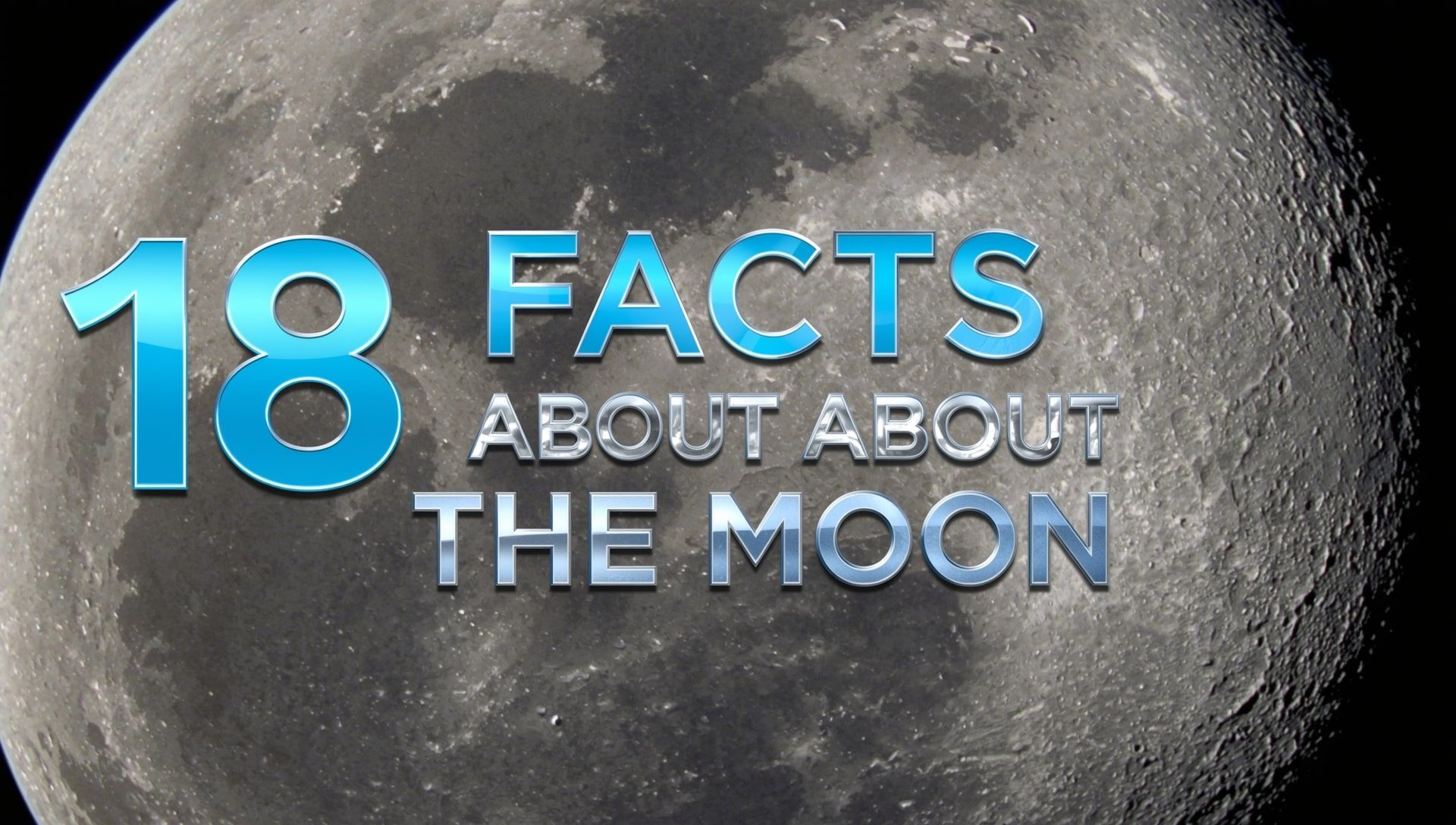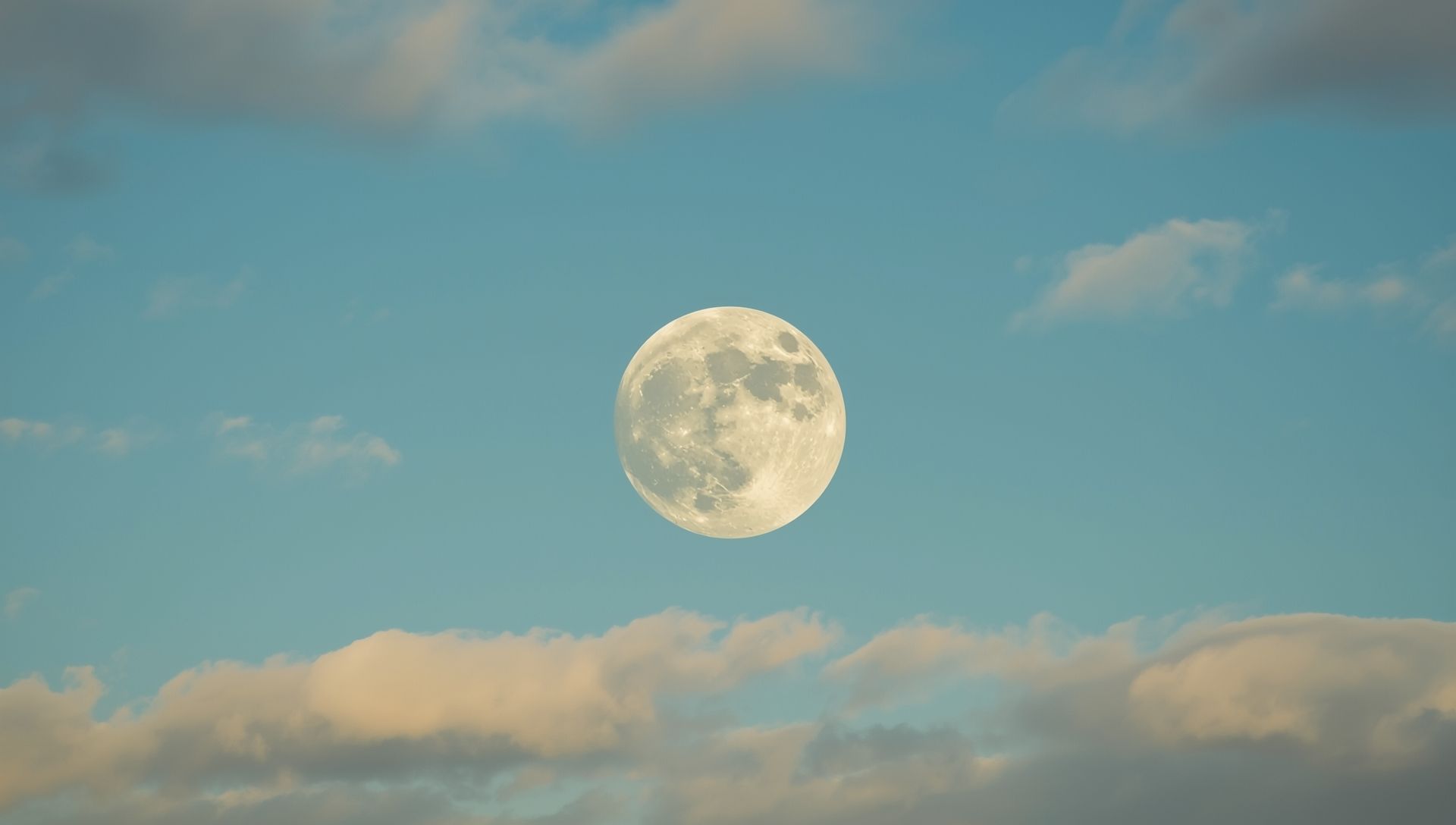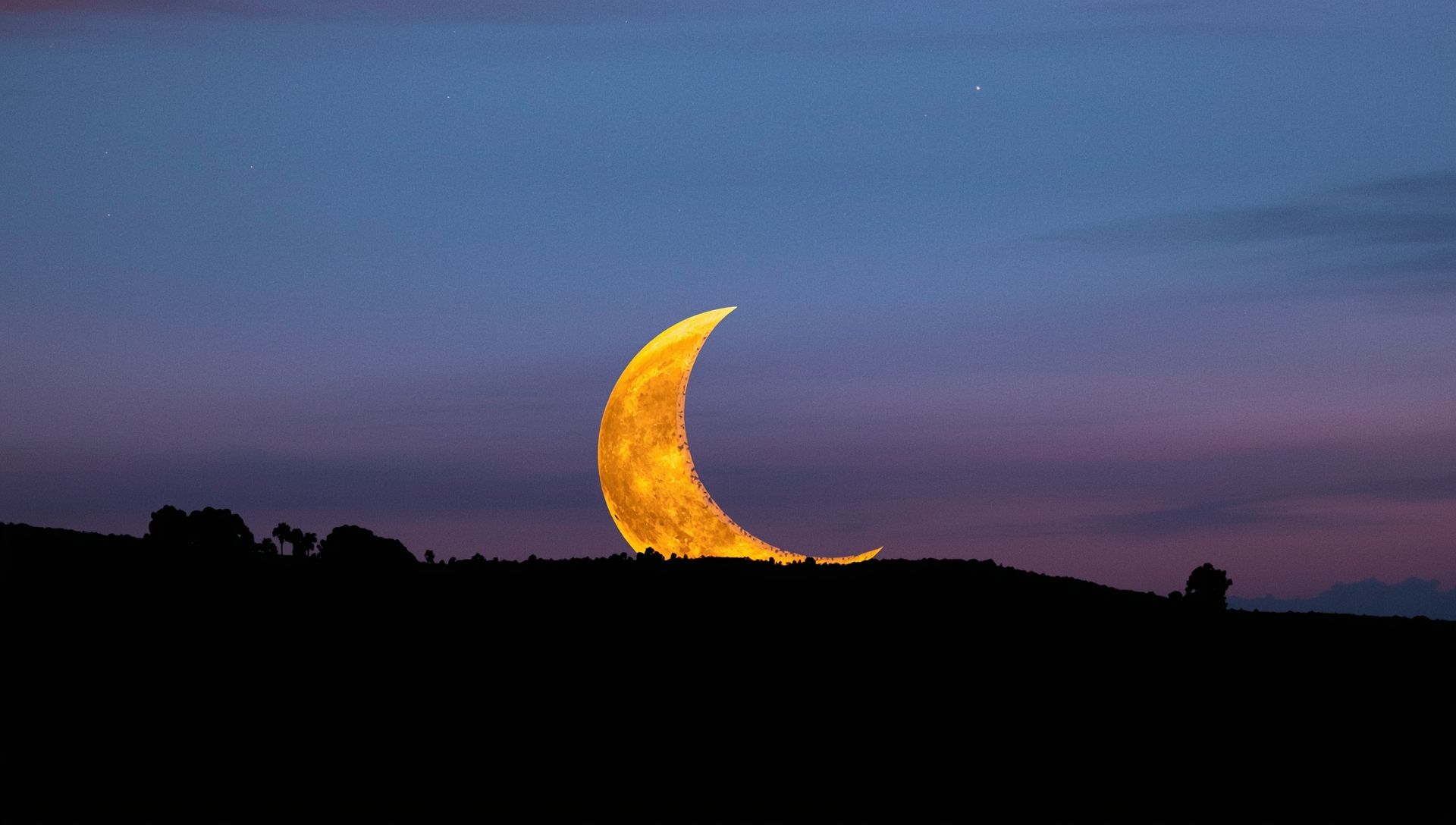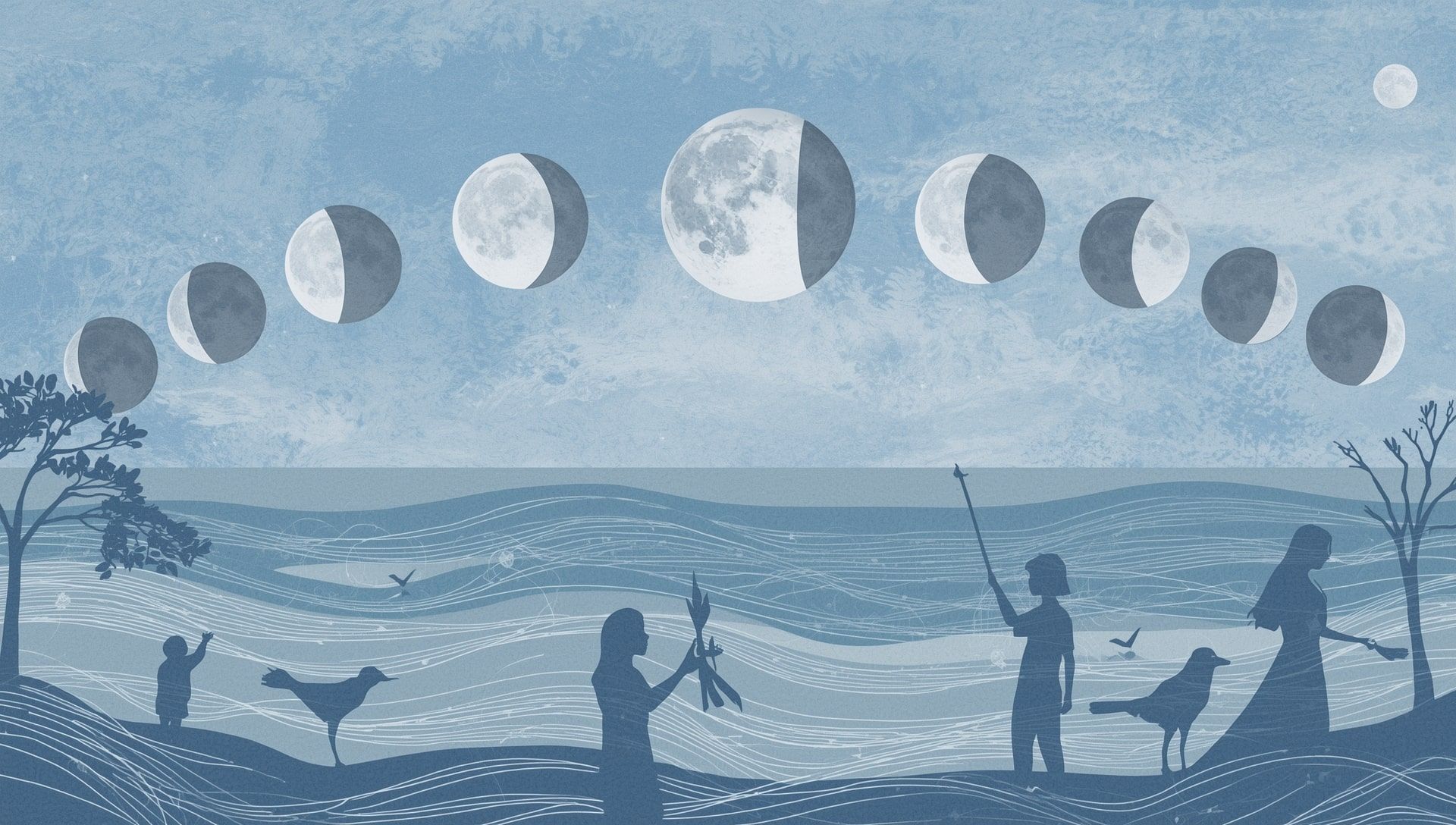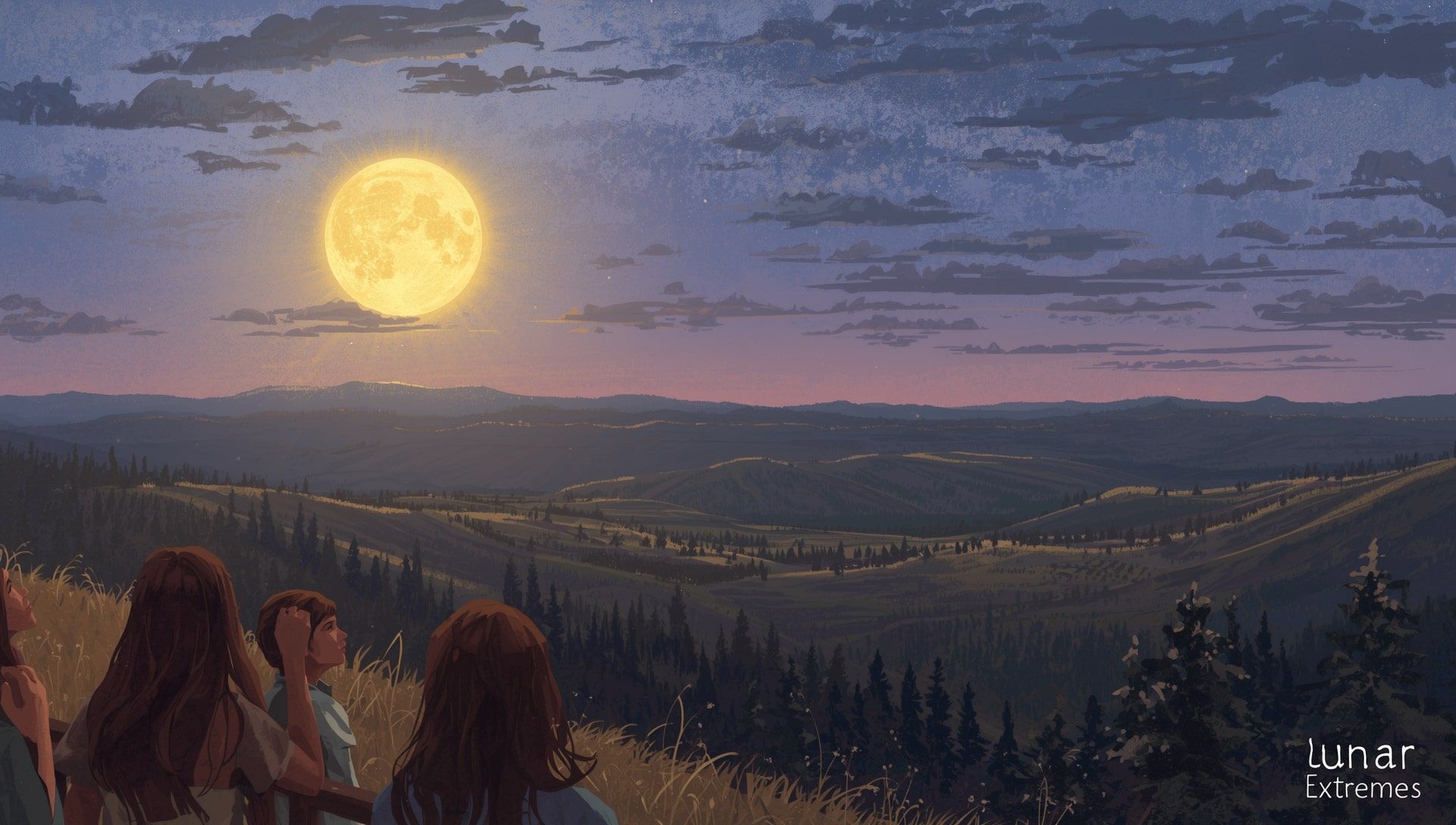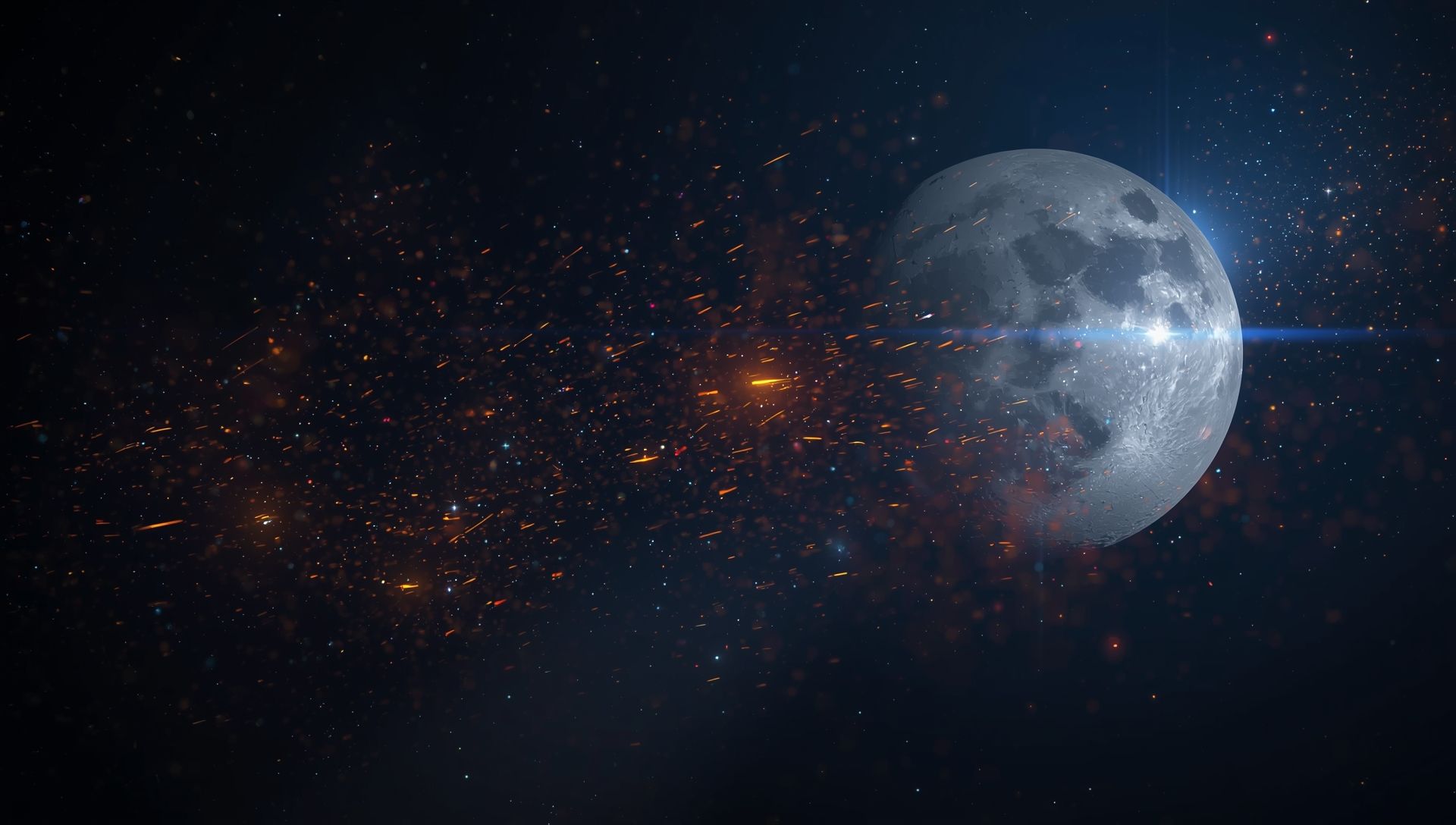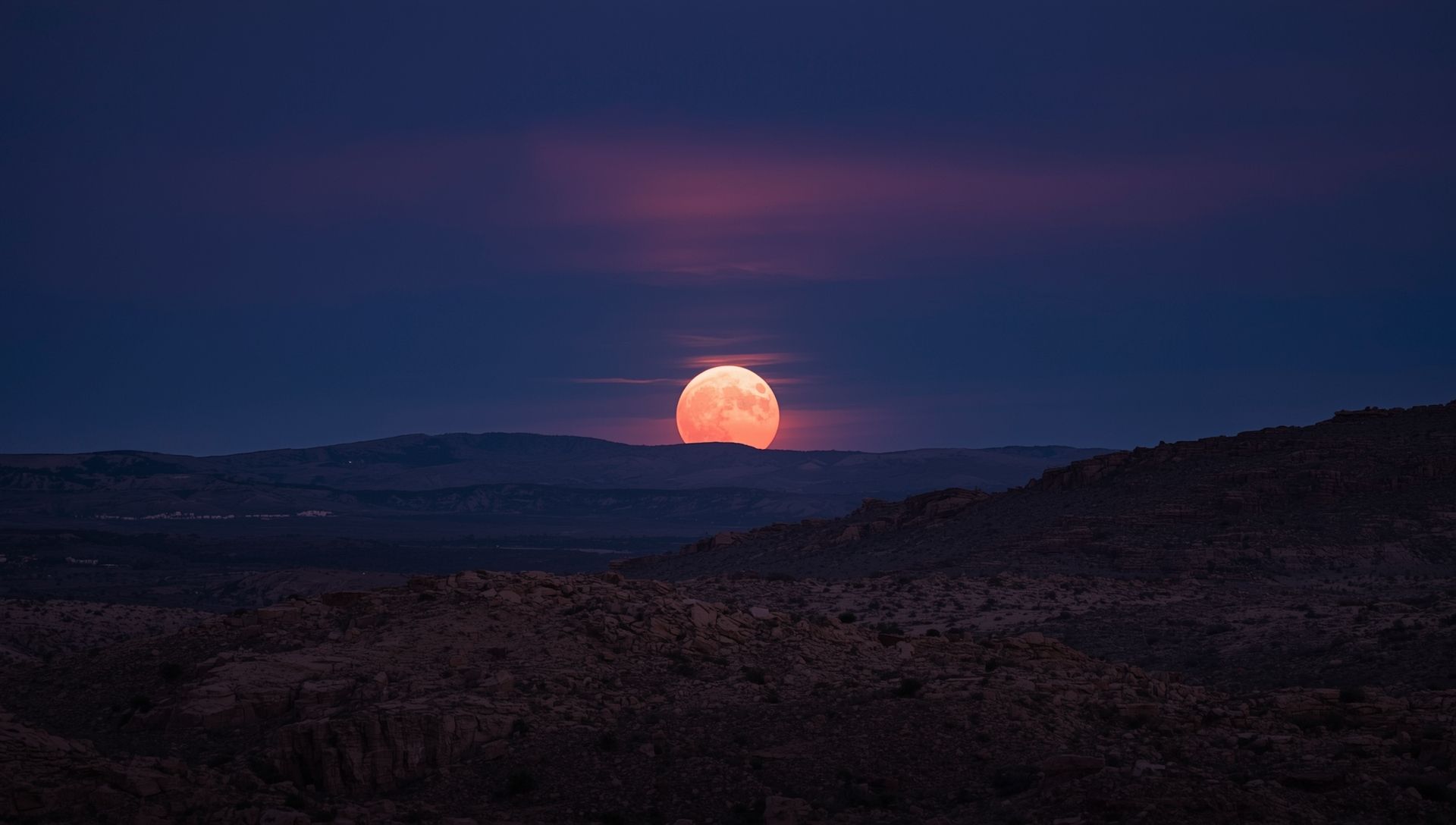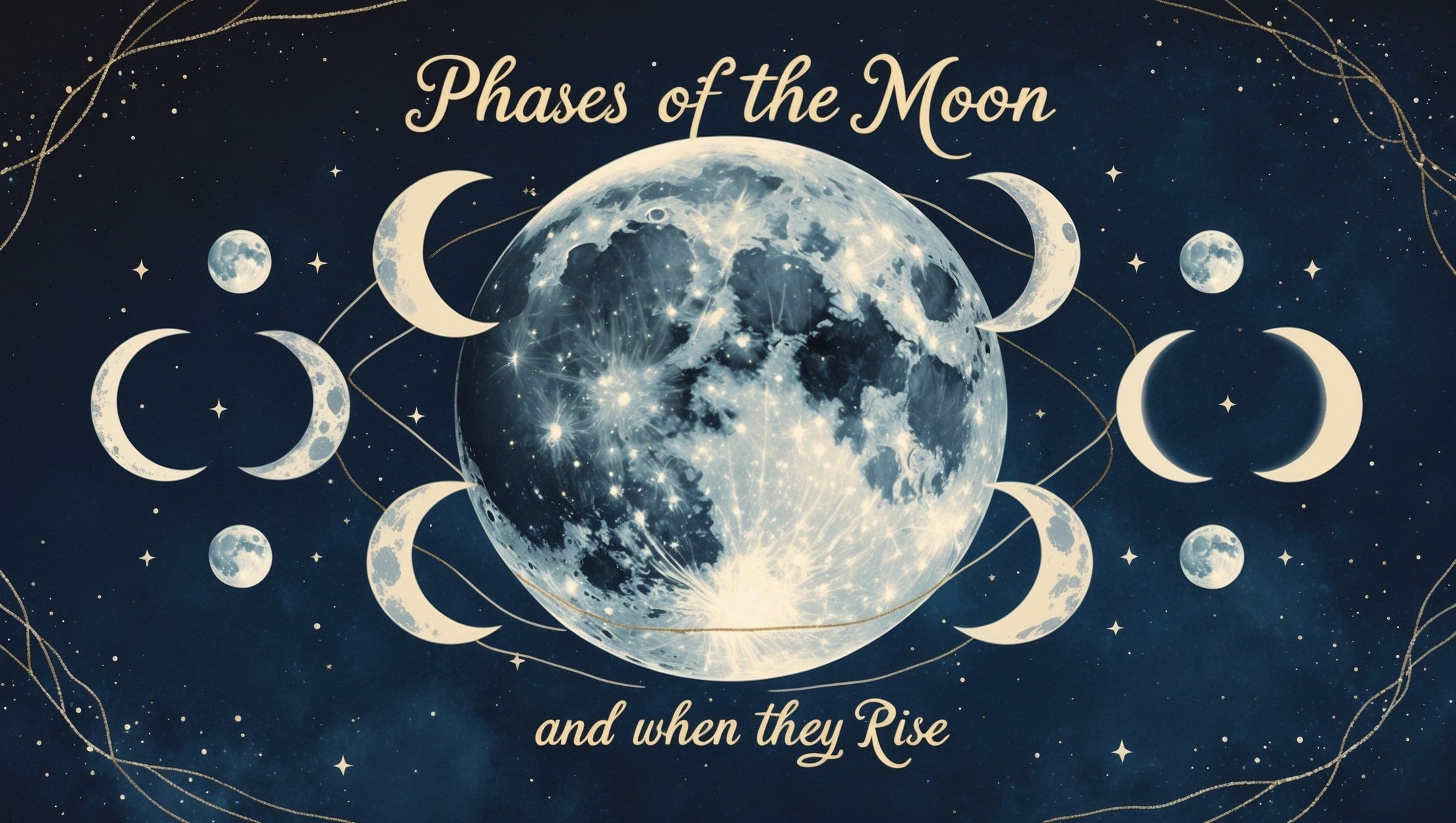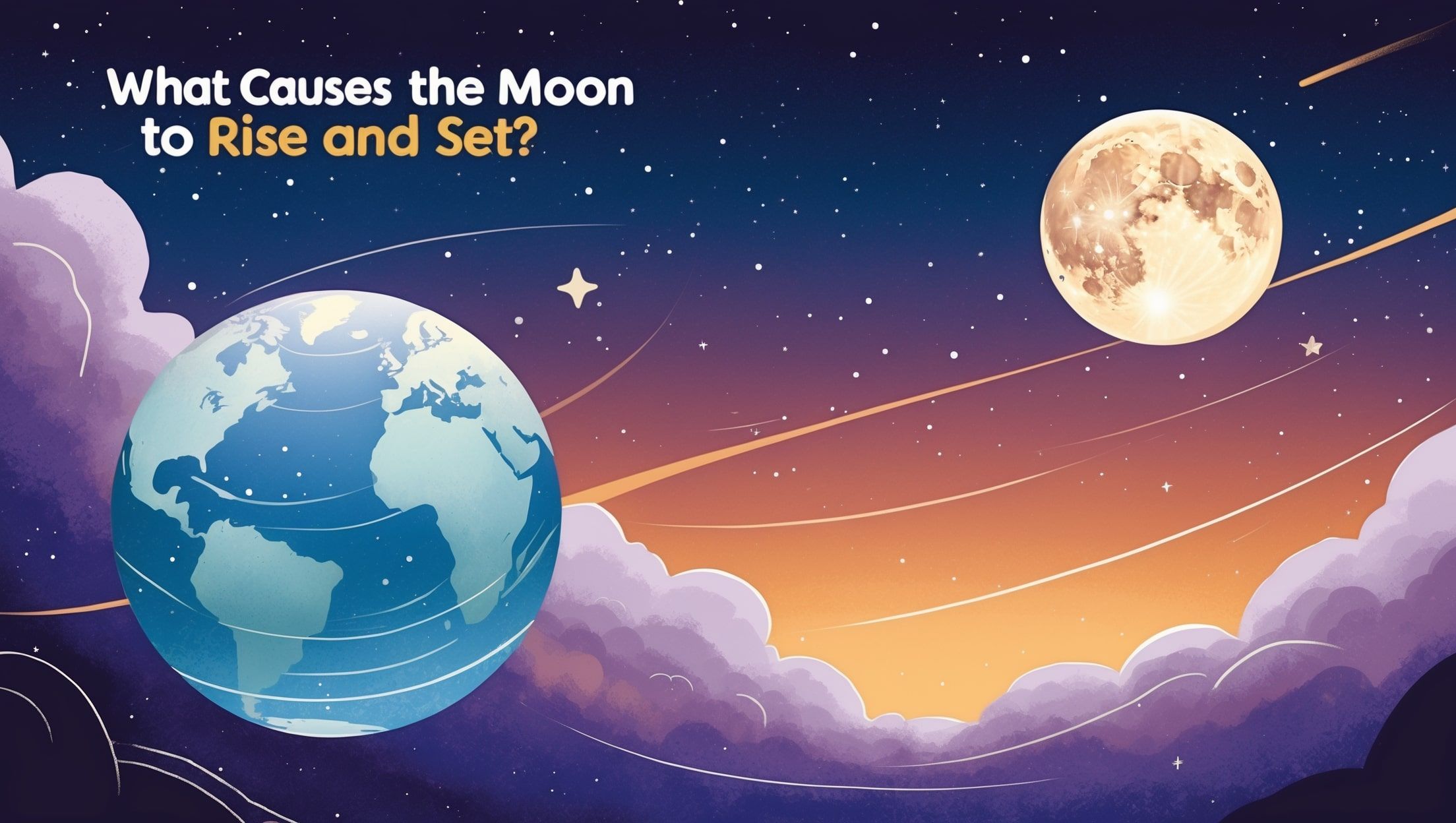The Moon does not just light up the night, it tells time in a language of light and shadow. Every curve and shimmer is a story of alignment between Earth, Sun, and sky. Whether you are watching a glowing crescent or a bold full disc, each phase reveals something about our planet’s rhythm. Let us travel through the shifting light that governs calendars, tides, and even human moods.
1. What Exactly Are Moon Phases?
The Moon does not change shape. What we see as phases are just sunlight hitting its surface from different angles. The illuminated portion varies as the Moon orbits Earth, creating the eight familiar phases we recognize: new, crescent, first quarter, gibbous, full, and back again.
2. The Connection Between Phases and Tides
Each lunar phase affects the oceans differently. During new and full Moons, tides reach their extremes. These spring tides show how powerful the alignment of Earth, Moon, and Sun can be. Quarter phases bring gentler movements called neap tides. The Moon literally moves the planet’s waters in rhythm with its light.
3. Why the Moon Rises at Different Times
If you have noticed that the Moon does not rise at the same hour every night, there is a reason. Each phase brings a new schedule. You can track this pattern in the rise and set chart that shows how every stage of the lunar cycle changes the Moon’s daily debut.
4. The Moon’s Role in Our Calendar
Long before mechanical clocks, people used the lunar cycle to count months. Many cultures still follow a lunar calendar, celebrating holidays when the Moon reaches certain phases. This ancient timekeeping method helped farmers, fishermen, and travelers predict natural events long before satellites and screens.
5. New Moon Nights Are Dark and Quiet
When the Moon slips between Earth and the Sun, its bright side faces away from us. The result is a New Moon, a time when stars shine more vividly. It is the best moment for stargazing and reflection, a cosmic reset marking the beginning of the lunar cycle.
6. Full Moons Bring Extra Glow
During a Full Moon, sunlight hits the Moon’s face directly. It is so bright it can cast shadows and light up entire landscapes. People often feel more awake during these nights, and our internal clocks, like tides, might subtly respond to this burst of reflected light.
- The lunar cycle lasts 29.5 days.
- Each phase shifts moonrise by about 50 minutes.
- Two phases per month can align for a “blue Moon.”
- Half the Moon is always lit, we just see different parts.
7. The Crescent Phases Are Windows of Change
After a New Moon, a thin crescent appears, a sign of growing light often linked with beginnings. As the cycle wanes, a fading crescent signals rest and closure. In many traditions, these slender slivers are moments of quiet power and intention.
8. The First Quarter Moon Is the Balance Point
Half lit and half dark, this phase shows the Moon’s dual nature. It rises at midday and sets around midnight, dividing day and night evenly. Symbolically, it represents decision making and progress, the midpoint between new beginnings and full completion.
9. Gibbous Moons Lead to Fullness
When the Moon appears almost full but not quite, it is in its gibbous phase. This is a time of anticipation, as light grows stronger each night. The surface features become clear and bold, and its silvery glow dominates the evening sky.
10. Waning Means Letting Go
After the Full Moon, its light begins to fade. The waning phases represent release and rest in nature’s rhythm. Farmers used this time to let fields recover, while modern observers often see it as a symbol of reflection and renewal.
11. How Weather Can Change the View
Clouds, humidity, and pollution can all alter how the Moon appears. A hazy atmosphere can make it look golden or red. Comparing lunar visibility with local weather data reveals how thin air and light scatter color our nights.
| Phase | Best Viewing Time |
|---|---|
| New Moon | Not visible, great for stargazing |
| First Quarter | Evening sky |
| Full Moon | All night long |
| Waning Crescent | Early morning hours |
12. Time Zones Shape the Lunar Experience
The Moon’s rise and set times differ from one country to another. A full Moon visible in Asia at dusk may not appear in the Americas until many hours later. The time zone map explains these delays, showing how the Moon unites the world through shared light at staggered moments.
13. Global Clocks and Lunar Timing
Because lunar events unfold across time zones, a single full Moon can span two dates depending on where you live. Watching the world clock brings perspective, showing that while our clocks differ, the same Moon graces every sky on the planet.
14. The Moon’s Shadow Writes Stories in the Sky
During eclipses, Earth’s shadow covers the Moon. These rare alignments occur only when the Sun, Earth, and Moon line up perfectly. A lunar eclipse reveals how precise celestial clockwork really is, blending geometry and light in perfect harmony.
15. How Phases Affect Wildlife
- Coral reefs spawn during full Moons guided by lunar brightness.
- Owls hunt more efficiently in bright light.
- Sea turtles time nesting with waxing phases to protect hatchlings.
16. Tracking Phases Has Modern Value
Scientists use lunar data to refine satellite navigation and study Earth’s rotation. Artists and photographers plan shoots around moonrise and color conditions. Even city planners monitor lunar cycles to understand night lighting and energy use.
17. Watching the Moon with Purpose
Next time you look up, notice the shape, color, and timing of the Moon. These subtle cues connect your life to every era of human history. Tracking phases reminds us that time is not just measured by clocks, but by light and rhythm.
- Lunar phases follow a 29.5 day synodic cycle.
- Each phase lasts about 3.5 days on average.
- Moonrise time moves roughly 50 minutes later daily.
- Weather and time zones shift how you see it.
Light That Marks the Passage of Time
The phases of the Moon are more than sky art, they are nature’s calendar. From ocean tides to holiday dates, from ancient rituals to modern navigation, lunar light connects us all. The next time you see it waxing or waning, remember, you are watching the pulse of Earth itself, a silent rhythm that has measured life since the beginning.
